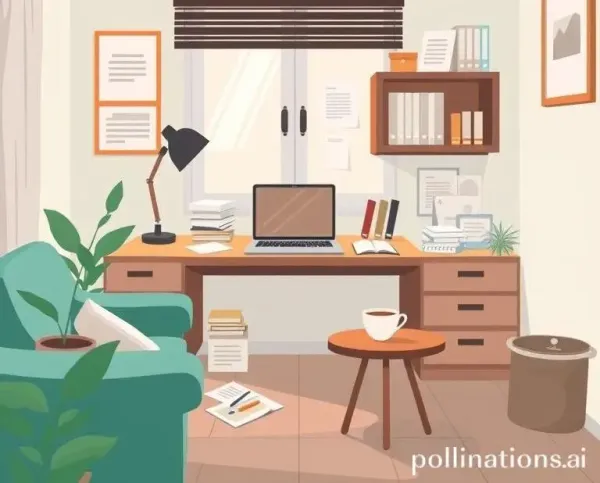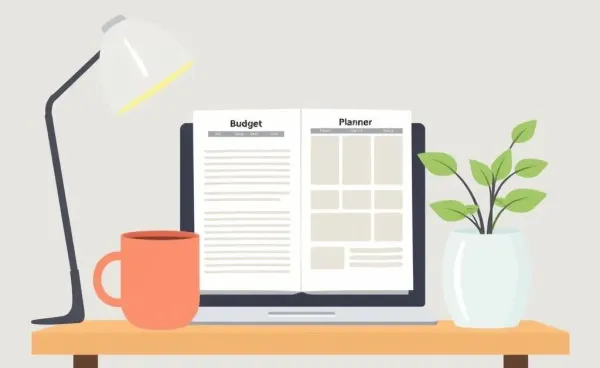Why Are Old Houses So Expensive? Exploring the Real Estate Conundrum
Unlock the mystery behind high costs of old houses and discover key factors influencing real estate prices.
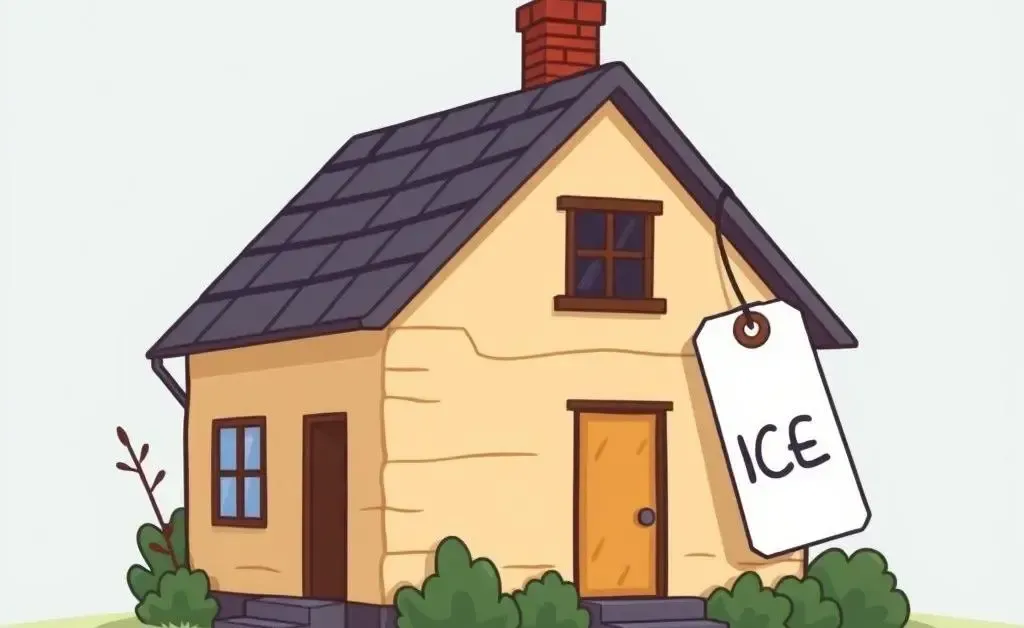
Have you ever driven by a quaint old house with charm in spades and wondered why it sports such a hefty price tag? If so, you're not alone. The phenomenon of old but expensive homes is an intriguing one, and it's happening in many parts of the world.
Let's dig into why these old houses often cost more than newer constructions and what drives these seemingly baffling prices.
Location, Location, Location
One of the first rules of real estate is the importance of location. Old houses are often nestled in established neighborhoods, bringing with them the allure of historical character and a community feel that new developments might lack.
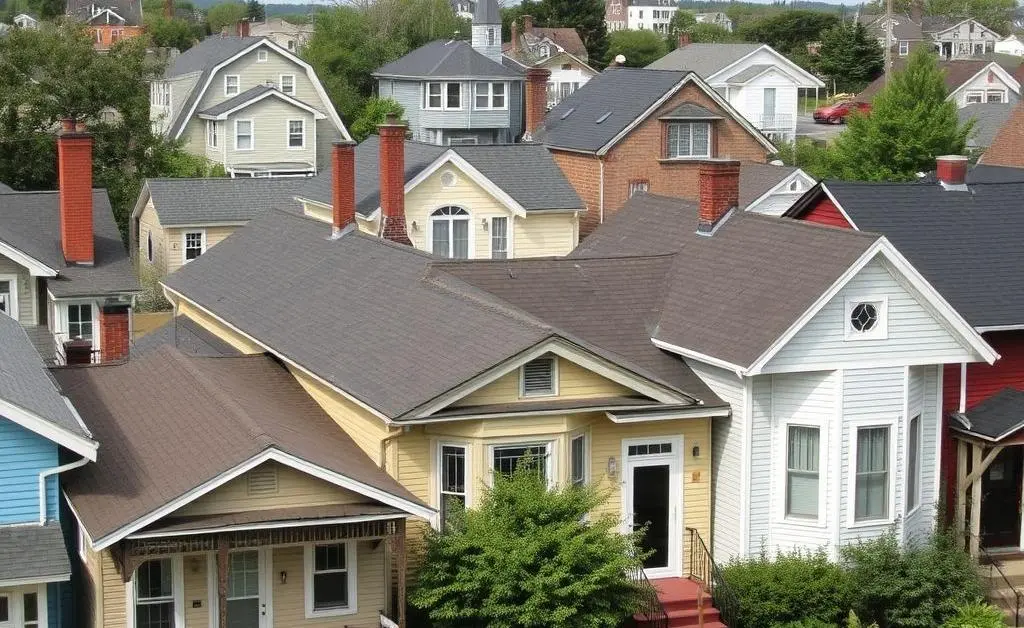
These older neighborhoods tend to be closer to city centers, schools, and workplaces. This proximity to urban conveniences and lifestyle benefits can significantly drive up property values.
Rarity and Character
Older homes are typically unique in their construction, showcasing styles and craftsmanship that are hard to find in modern builds. The value of these architectural features—hardwood floors, intricate moldings, or even stained-glass windows—shouldn't be underestimated.
Fans of vintage homes often hunt for these specific details, leading to bidding wars and higher prices.
Renovation Potential
Many buyers see old houses as blank canvases, brimming with potential. With resurgent interest in home renovation shows, people are eager to roll up their sleeves and transform a fixer-upper into their dream abode.
This potential for customization adds a layer of desirability and, in turn, increases the price tag.
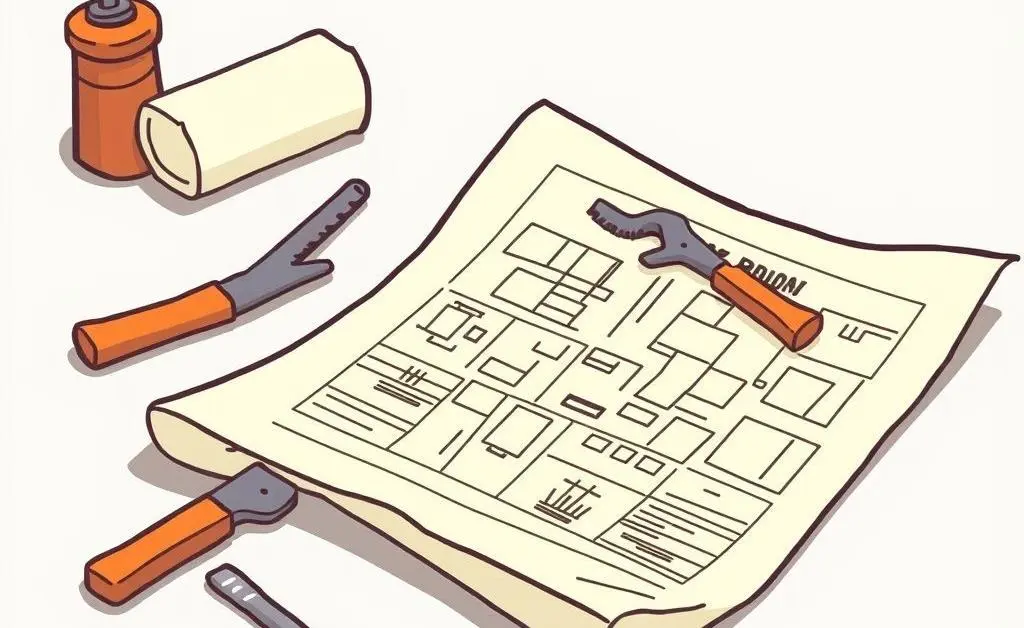
Supply and Demand Dynamics
In a competitive real estate market, even a small uptick in demand for old homes can lead to a noticeable price spike. Limited supply combined with high demand naturally escalates prices, making these homes costlier despite their age.
Community and Amenities
Seasoned neighborhoods where older homes are located often boast mature trees, parks, and an established sense of community. Families may find these elements more appealing than new developments that lack such amenities.
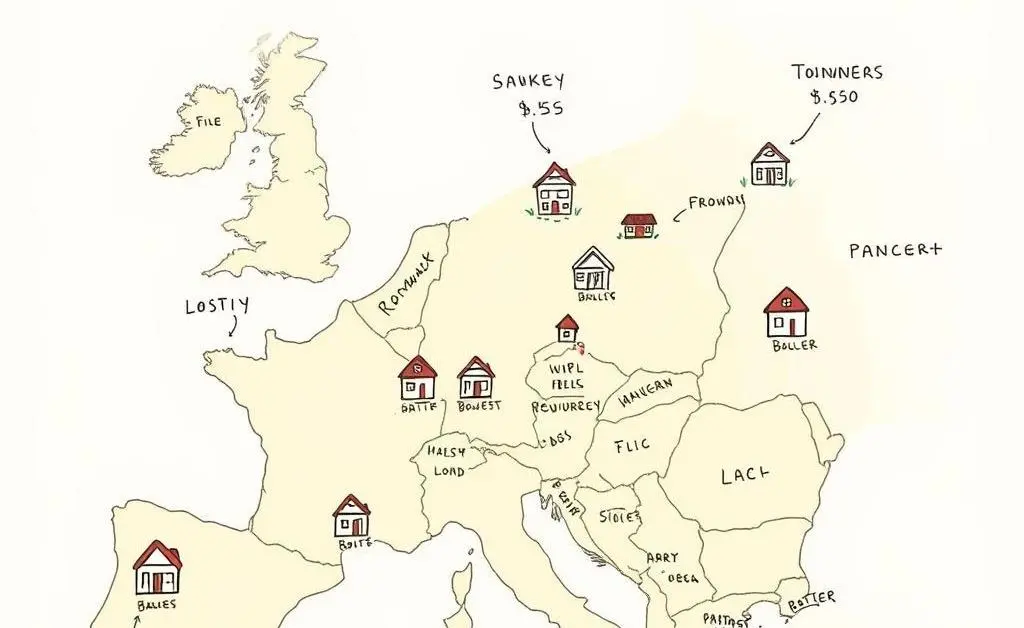
While buying an old house can initially seem like a financial puzzle, understanding these pricing factors can provide clarity. Whether it's location, unique character, or potential for personalization, these homes offer distinct advantages that many buyers value highly.
So, the next time you see an old house with a staggering price, you'll understand why it's more than just bricks and mortar—it's about the lifestyle and opportunities it represents.
Your Thoughts?
Have you considered buying an old house, or perhaps you're living in one now? I'd love to hear your experiences and what factors swayed your decision!


